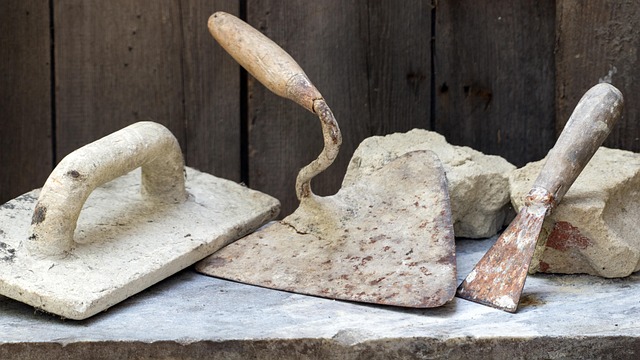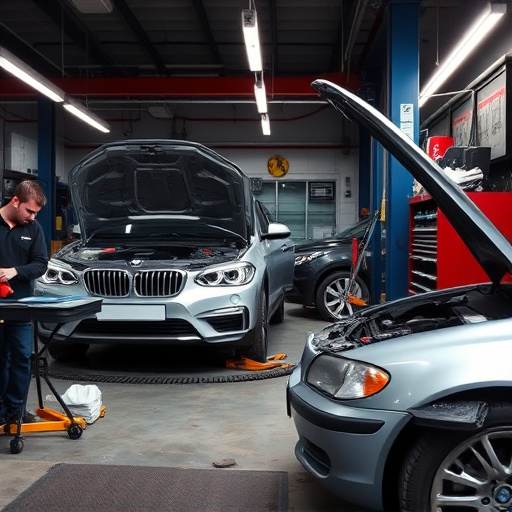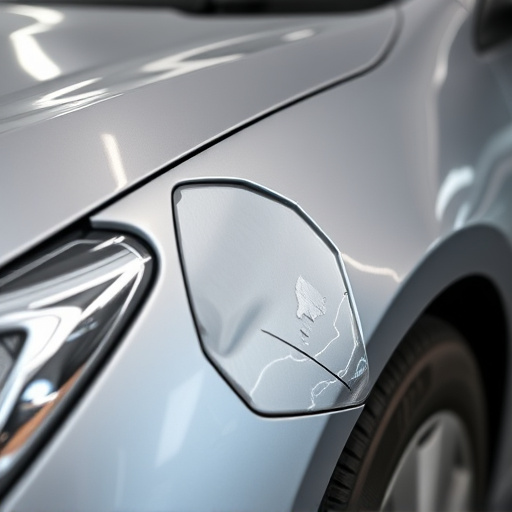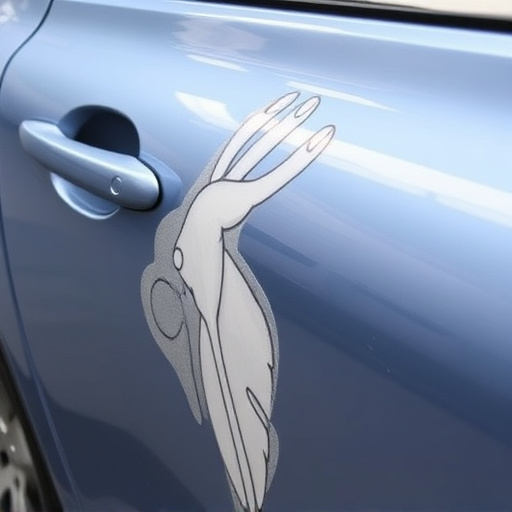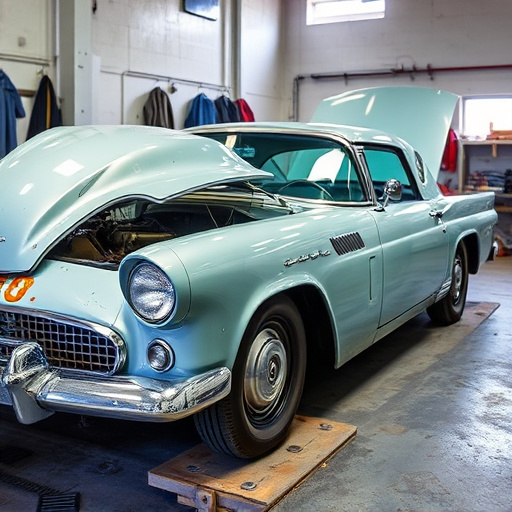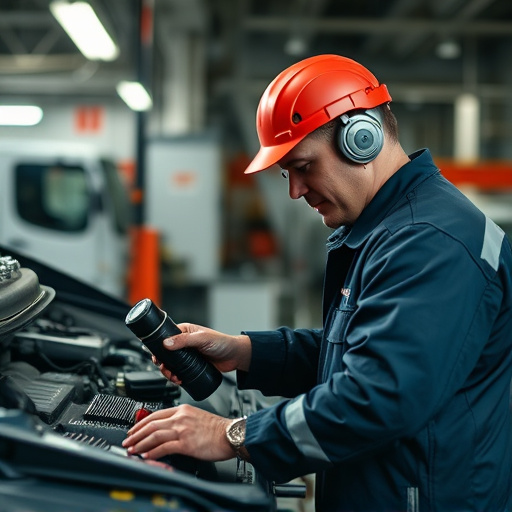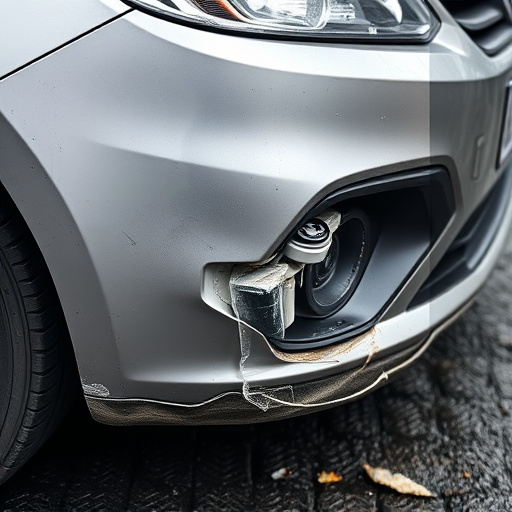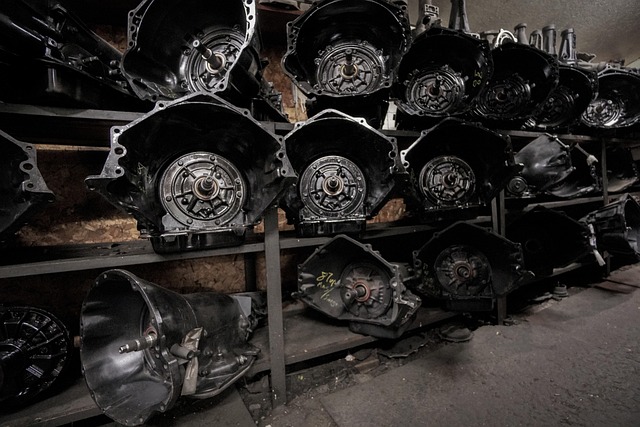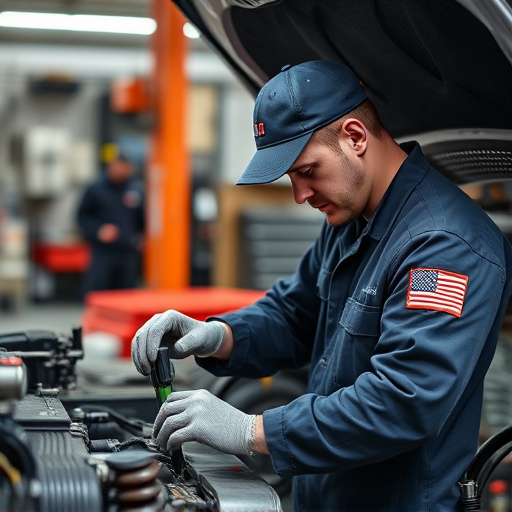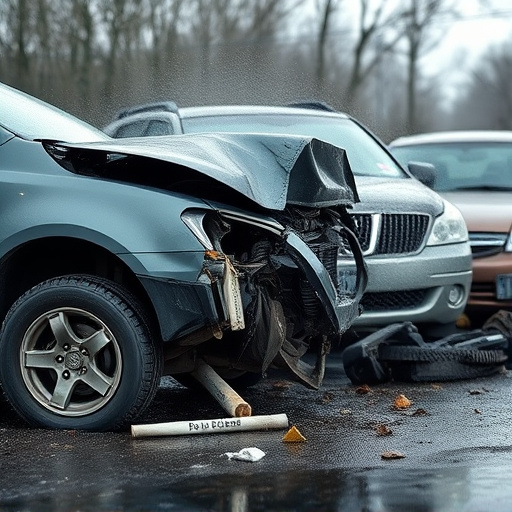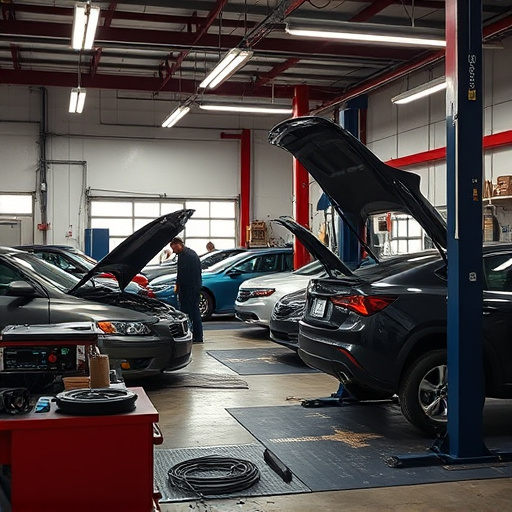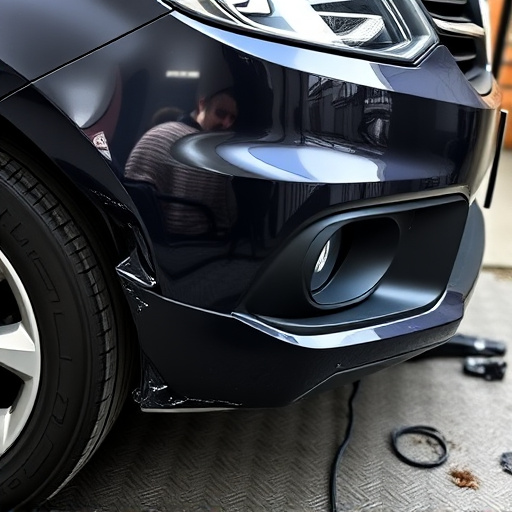Insurance providers favor factory standard repairs for collision claims to maintain vehicle safety, reliability, and pre-accident condition, aligning with cost minimization and preserving car body integrity. Adhering to OEM specifications using genuine parts ensures superior quality, correct installation of safety features, and compatibility, offering peace of mind and reliable restoration. Prioritizing OEM standards in insurance claims enhances customer trust, streamlines processes, and guarantees consistent, high-quality repairs for historical vehicles.
Insurance providers increasingly prioritize OEM certified collision repairs for their policyholders. This preference aligns with a push towards factory standard repair, ensuring vehicles are restored to their original specifications.
This article delves into the rationale behind this trend from the insurer’s perspective, exploring benefits like enhanced quality and increased customer trust associated with maintaining OEM certification standards. Understanding these advantages is crucial for both insurance companies and policyholders seeking optimal vehicle restoration.
- Factory Standard Repair: The Insurer's Perspective
- Benefits of OEM Certification for Collision Repairs
- Enhancing Quality and Customer Trust with OEM Standards
Factory Standard Repair: The Insurer's Perspective
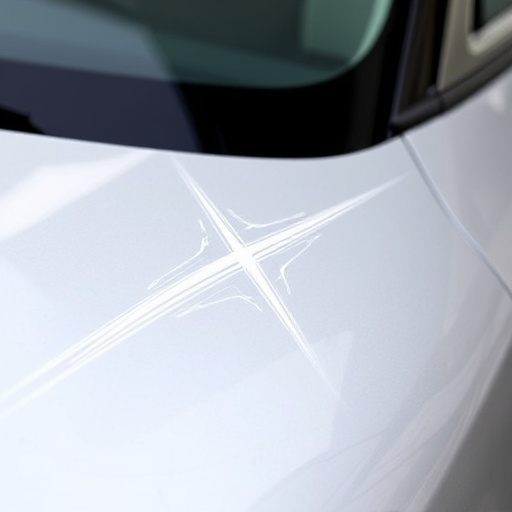
Insurance providers prioritize factory standard repairs for several reasons when it comes to collision claims. From the insurer’s perspective, aiming for a factory standard repair ensures the vehicle is restored to its pre-accident condition. This approach aligns with their goal of minimizing cost and maximizing vehicle value retention.
By adhering to original equipment manufacturer (OEM) specifications during the repair process, including using genuine parts and following precise manufacturing guidelines, insurers believe they can achieve better outcomes. This not only reduces the risk of future mechanical issues but also ensures the safety and reliability of the vehicle on the road. Moreover, maintaining vehicle repair standards that match the original factory workmanship helps maintain the overall integrity of the car’s car body repair, preserving its value for both the policyholder and the insurance company.
Benefits of OEM Certification for Collision Repairs
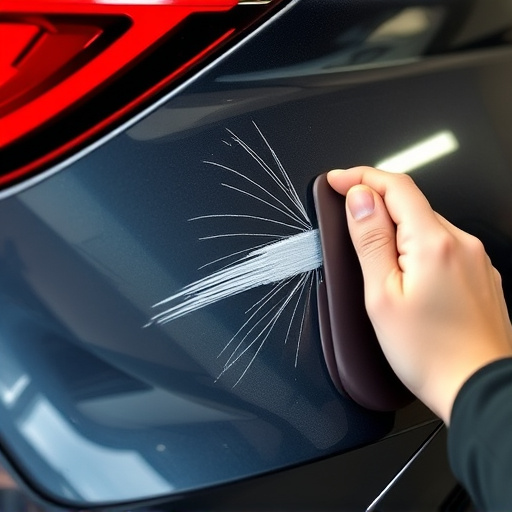
OEM certification for collision repairs offers numerous advantages that enhance the quality and reliability of vehicle restoration. When a collision repair facility achieves OEM (Original Equipment Manufacturer) certification, it means they adhere to the specific standards and guidelines set by the car manufacturer. This ensures that the car body repair is conducted using factory standard repair techniques and parts, resulting in a more precise and efficient restoration.
The benefits extend beyond just maintaining aesthetics; OEM-certified repairs also guarantee structural integrity. This is crucial for safety features like air bags, as proper installation and alignment are essential. Moreover, using original equipment parts ensures compatibility and performance, addressing issues common with aftermarket components. For consumers, choosing OEM-certified collision repairs provides peace of mind, knowing their vehicle will be restored to its pre-accident condition, effectively minimizing the risk of future mechanical problems, especially in complex dent repair scenarios.
Enhancing Quality and Customer Trust with OEM Standards
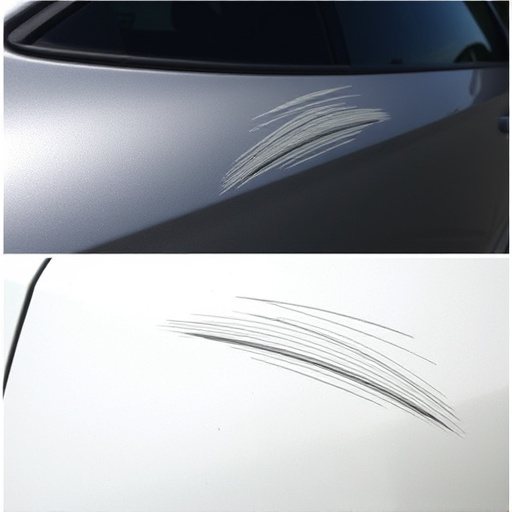
In the realm of insurance claims and collision repairs, adhering to Original Equipment Manufacturer (OEM) standards has become a cornerstone for enhancing quality and fostering customer trust. When an insured vehicle undergoes repair after a collision, using OEM-certified parts ensures that the restoration process aligns precisely with the manufacturer’s specifications. This meticulous approach is particularly valuable in classic car restoration projects, where maintaining the vehicle’s historical integrity is paramount. By employing these standards, insurance providers can guarantee that repairs not only restore the car to its pre-accident condition but also preserve its original factory standard repair.
Moreover, OEM certification ensures consistent quality control, which translates into increased customer satisfaction. Since these parts are designed and manufactured under the manufacturer’s strict guidelines, they offer superior performance, durability, and compatibility. This is especially beneficial for complex repairs, such as paintless dent repair or car scratch repair, where precision and material expertise are crucial. By prioritizing OEM standards, insurance providers not only streamline the claims process but also contribute to a more reliable and trustworthy customer experience.
Insurance providers prioritize factory standard repair for collision repairs due to its numerous benefits, including enhanced quality control, adherence to original equipment manufacturer (OEM) specifications, and increased customer trust. By opting for OEM-certified repairs, insurers can ensure that vehicles are restored to their pre-accident condition, minimizing the risk of future structural issues and maintaining vehicle value. This approach ultimately fosters a more reliable and satisfied customer base.
